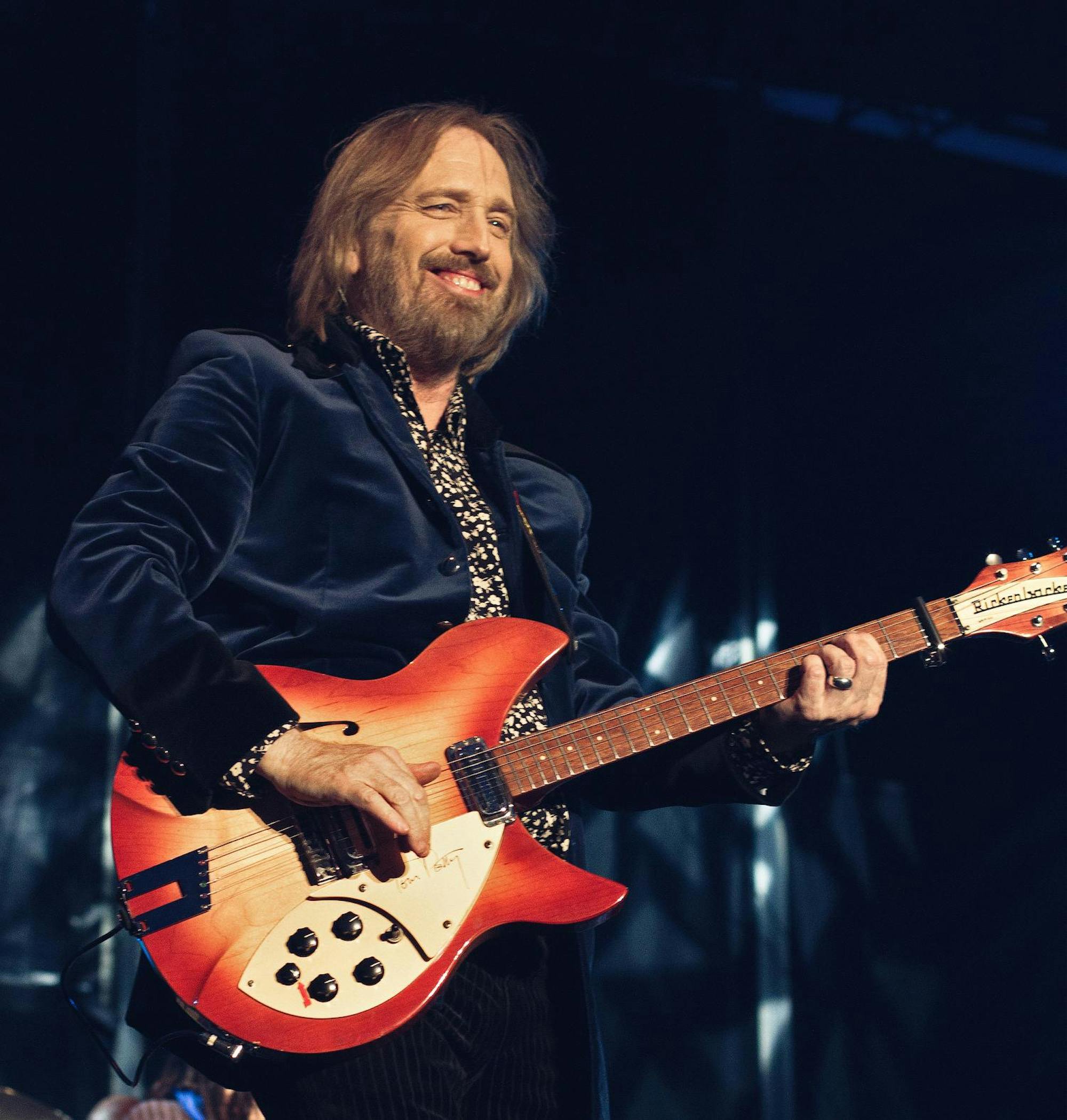“9 to 5” (1980). “High Hopes” (2018). “Y.M.C.A.” (1978).
What do these songs have in common? They’ve all been used as campaign songs in recent U.S. presidential races. While the music a candidate chooses to play as they walk onstage for a campaign event may seem like a trivial detail, it can play a major role in defining the tone of their campaign. And the wrong campaign song can lead to public embarrassment, or even legal action from a disgruntled musician. With the next presidential election a year away and primary campaigns in high gear, now is a good time to look back on the history of campaign music and examine how presidential candidates have used music to win over voters.
The first semi-official campaign song in American history was Andrew Jackson’s “The Hunters of Kentucky,” which was used in his 1824 presidential campaign. The song celebrated Jackson’s victory over the British army at the Battle of New Orleans and reinforced his image as a man of the people. While many early presidential candidates commissioned original songs written for their campaigns, other campaigns rewrote the lyrics to popular songs of the time, like “Yankee Doodle.” These songs portrayed their candidates as heroes and painted their opponents as villains, and their folksy style made them relatable to everyday people. The lyrics were often printed in songbooks and sung live at campaign events, either by audience members or by musicians who traveled around the country to sing for their respective candidates.
In the early 20th century, campaign music transitioned from classic folk songs to popular show tunes. In 1932, Franklin D. Roosevelt used “Happy Days Are Here Again” (1929) to signal the end of Prohibition and recovery from the Great Depression. Harry Truman campaigned with the show tune “I’m Just Wild About Harry” (1921) in 1948, and the Broadway hit “Hello, Dolly!” (1964) was rewritten as “Hello, Lyndon!” for L.B.J.’s campaign in 1964.
It wasn’t until the 1980s and 1990s that popular music, as we know it today, entered the campaign world. In 1992, Bill Clinton played Fleetwood Mac’s pop-rock song “Don’t Stop” (1977) at campaign rallies. In 2004, George W. Bush walked onstage to Brooks and Dunn’s country hit “Only in America” (2001) in an effort to emphasize his patriotism and southern roots. And Hillary Clinton used pop anthems like “Fight Song” (2015) and “Roar” (2013) in 2016 to reflect the feminist message of her campaign.
While campaign songs can be a great way for candidates to motivate their supporters, many politicians have landed in hot water for choosing songs whose artists’ political beliefs don’t align with those of the candidates. In 1984, Bruce Springsteen refused to let Ronald Reagan campaign with his rock hit “Born in the U.S.A.” (1984) after the president praised the song’s patriotic message, ignoring the anti-government sentiments in its lyrics. George W. Bush played Tom Petty’s “I Won’t Back Down” (1989) at campaign rallies into 2000, but he was forced to back down after receiving a cease and desist from Petty’s publisher. This song is one of the most popular campaign songs due to its defiant message and broad cultural appeal, and it’s been used by politicians on both sides of the aisle, including Hillary Clinton and Donald Trump.
Trump in particular has been the target of criticism from dozens of musical artists for using their music without permission. His campaign rallies have featured music by Adele, Elton John, Guns N’ Roses, Rihanna, the Rolling Stones and more, all of whom have publicly condemned the use of their music at his rallies. A well-known example is Trump’s repeated use of the disco hit “Y.M.C.A.” (1978) at campaign rallies, a song he continues to play at events even after multiple cease and desist letters from the Village People.
In recent years, as presidential primary fields have grown larger, candidates have used music to stand out from the rest of the pack. In 2019, Democratic primary candidate Pete Buttigieg played Panic! at the Disco’s “High Hopes” (2018) at his rallies, which was accompanied by a choreographed dance that the Guardian called “the cringiest campaign trend so far.” Bernie Sanders played John Lennon’s “Power to the People” (1971) while Elizabeth Warren’s choice of Dolly Parton’s “9 to 5”(1980) alluded to the feminist and labor-oriented aspects of her campaign.
The Republican primary candidates in the 2024 presidential election are also using music to emphasize certain aspects of their identities. At the end of his first rally in May, Florida Governor Ron DeSantis walked onstage to Rick Derringer’s “Real American” (1985) to highlight the patriotic tone of his presidential campaign, and North Dakota Governor Doug Burgum has used Ben Gallaher’s “Every Small Town” (2021) to emphasize his commitment to rural values. Entrepreneur Vivek Ramaswamy, who has cast himself as a political outsider in the Republican primary, made headlines when he rapped Eminem’s “Lose Yourself” (2002) at this year’s Iowa State Fair — a smart way to get attention, if not for the cease and desist he received from Eminem weeks later.
Throughout American history, candidates have used music to connect with voters and drum up excitement for their campaigns. Although the songs’ genres, styles and methods of transmission have changed, the purpose has not: Candidates choose songs strategically in an effort to attract attention, spread positive messages and reflect the tone of their campaigns. While the wrong song choice can backfire, the right song can make a big difference in a campaign and may ultimately help to send a candidate on the path to winning the election.






